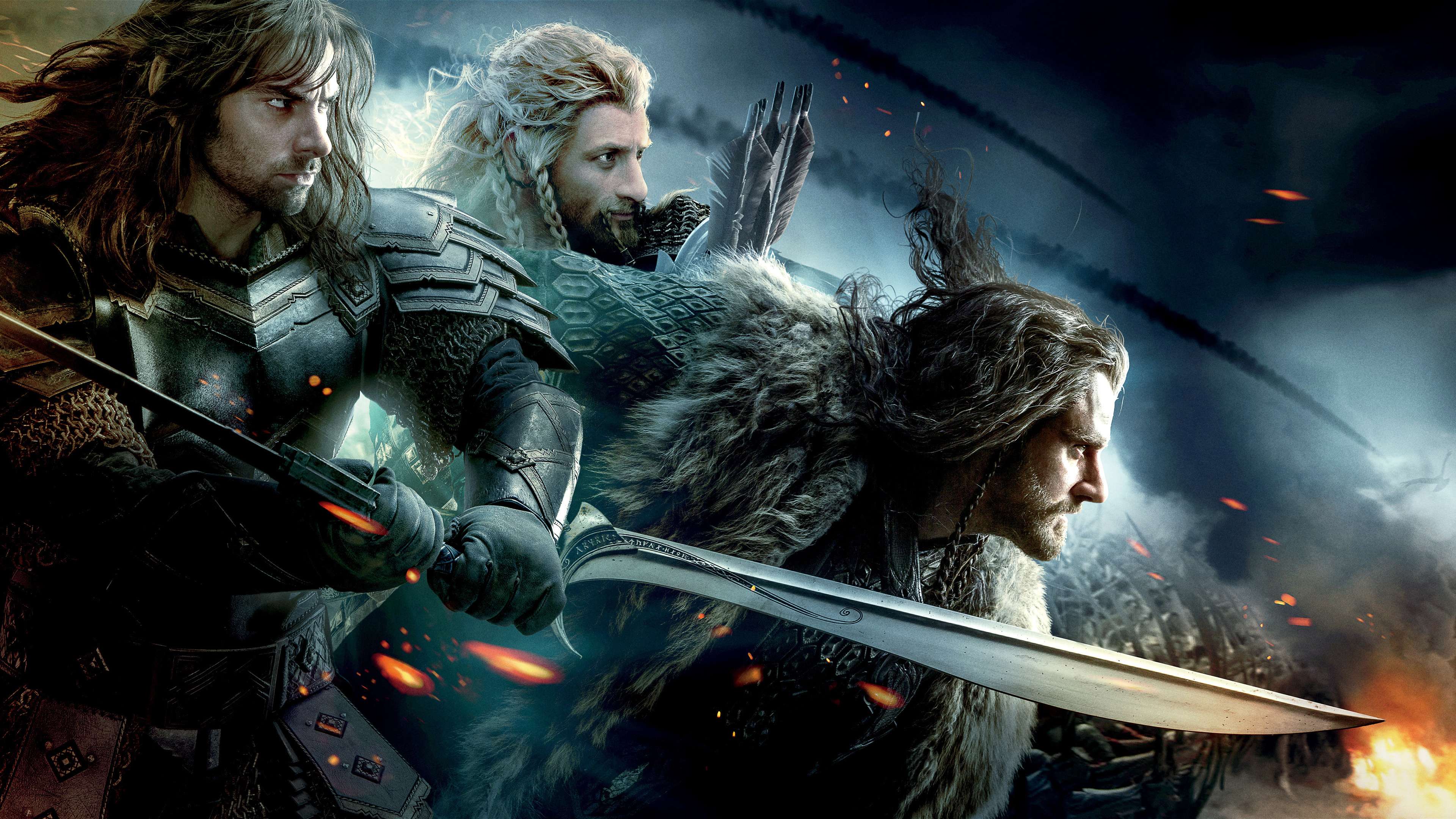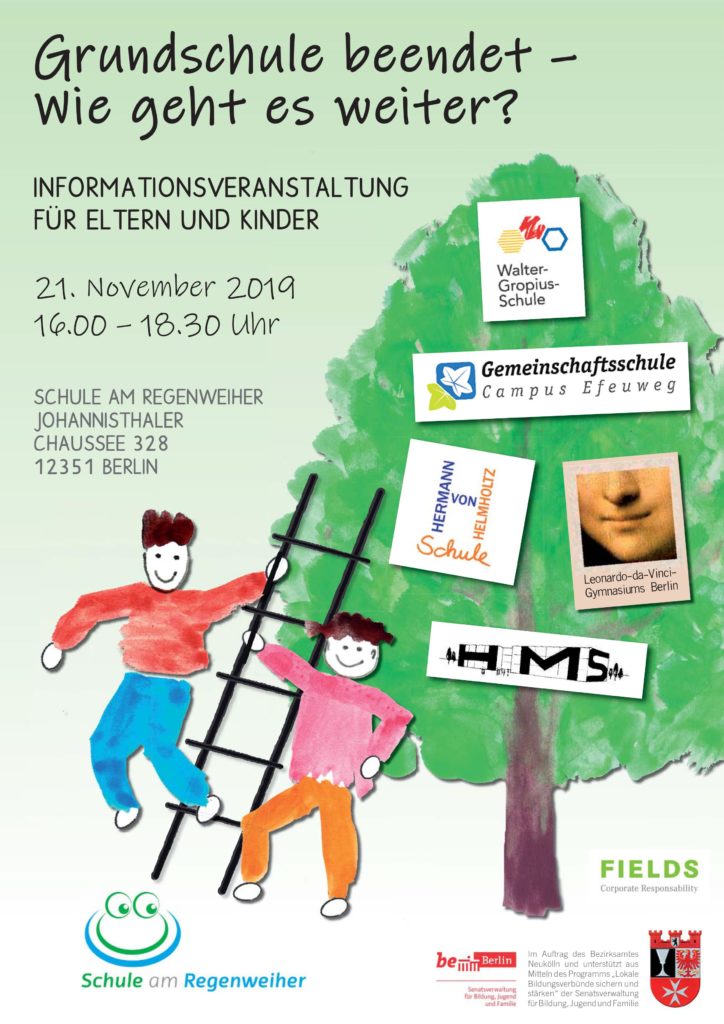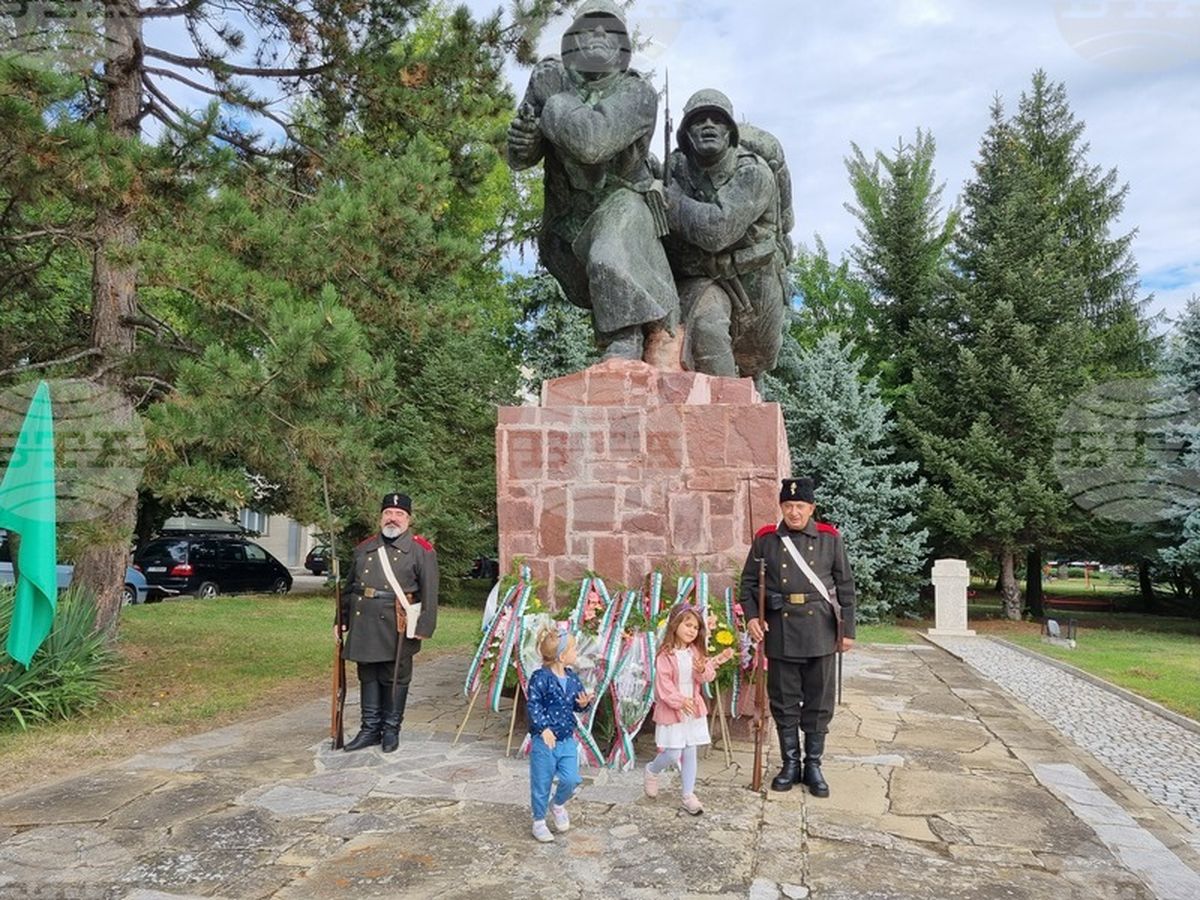The Hobbit: The Battle Of The Five Armies - Exploring The Themes And Legacy Of The Final Film

Table of Contents
Exploring the Central Themes of Greed and Power in The Hobbit: The Battle of the Five Armies
The Hobbit: The Battle of the Five Armies is not simply a spectacle of war; it’s a profound exploration of greed, power, and their corrupting influences. The film masterfully intertwines these themes, creating a narrative rich with moral complexities.
The corrupting influence of Smaug's gold.
- The immense treasure hoard of Smaug exerts a powerful hold on Thorin Oakenshield, driving him towards obsession and madness. This descent into avarice fuels much of the conflict in the film.
- The influence of the gold affects other dwarves as well, creating internal strife and challenging their loyalty to Thorin. We see this mirroring the broader themes of corruption and temptation explored in The Lord of the Rings.
- The scene where Thorin refuses to share the treasure, despite the pleas of Bilbo and his allies, powerfully illustrates the destructive nature of unchecked greed. This moment serves as a crucial turning point in the narrative.
The struggle for Erebor and the implications of political power.
- The battle itself is a microcosm of larger political struggles, showcasing the clash between dwarves, men (represented by Bard and his people), elves (led by Thranduil), and the monstrous alliance of goblins and wargs.
- The conflict underscores the themes of leadership and responsibility. Thorin's leadership is tested by his own failings, while Bard emerges as a leader who prioritizes the well-being of his people over personal gain.
- The film explores the consequences of unchecked ambition, demonstrating how the pursuit of power can lead to devastating conflict and immense loss. Thranduil's initial reluctance to aid the dwarves highlights the complexities of political alliances.
The Importance of Loyalty and Friendship Amidst War.
- Despite the chaos and brutality of the battle, the bonds of loyalty and friendship remain central to the narrative. Bilbo's unwavering loyalty to his companions is tested throughout the film.
- The relationship between Bilbo and Thorin, initially strained by the dragon's treasure, evolves into a poignant display of compassion and understanding as Thorin faces his mortality.
- The camaraderie amongst the dwarves, tested by adversity and internal conflict, underscores the importance of companionship in the face of overwhelming odds. This parallels the themes of fellowship found in The Lord of the Rings.
The Epic Scale and Visual Spectacle of the Battle Sequences
The battle of the five armies is visually stunning, pushing the boundaries of CGI and practical effects.
Analyzing the choreography and execution of the Five Armies battle.
- The battle sequences are meticulously choreographed, creating a sense of epic scale and chaotic realism. The sheer number of combatants and the dynamic camera work create an immersive experience for viewers.
- Peter Jackson's expertise in directing large-scale battle scenes is on full display, bringing a level of visceral intensity rarely seen in fantasy films.
- The innovative use of special effects creates a believable and breathtaking portrayal of the conflict, blending seamlessly with practical effects to enhance the realism.
The impact of CGI and its influence on the film's visual legacy.
- The Hobbit: The Battle of the Five Armies showcases the advancements in CGI technology, creating incredibly detailed and realistic environments, creatures, and characters.
- While some critics have debated the overuse of CGI, it is undeniable that the visual effects significantly contribute to the film’s overall impact and memorable aesthetic.
- The film’s visual legacy can be compared to other fantasy epics, showcasing how technological advancements have shaped the cinematic landscape. The level of detail achieved continues to influence modern fantasy film productions.
The Film's Place within the Broader Hobbit and Lord of the Rings Canon
The Hobbit: The Battle of the Five Armies serves not only as the conclusion to its trilogy but also as a significant piece in the larger Tolkienian narrative.
Connecting The Battle of the Five Armies to the events of The Lord of the Rings.
- The film subtly foreshadows events in The Lord of the Rings, creating a sense of continuity and enriching the overall mythology. This includes the fate of certain characters and their influence on future events.
- Certain character arcs, such as Thorin's journey, provide a deeper understanding of the broader narrative and the complex history of Middle-earth.
- The battle’s resolution sets the stage for the events that unfold in The Lord of the Rings, creating a compelling connection between the two trilogies.
Assessing the film's success as a conclusion to the Hobbit trilogy and its overall impact on the franchise's legacy.
- While critical reception was mixed, The Hobbit: The Battle of the Five Armies achieved significant box office success, solidifying its place as a commercially successful film.
- The film’s lasting influence on popular culture is undeniable, contributing to the ongoing popularity of the Hobbit and Lord of the Rings franchises.
- It remains a vital part of the overall cinematic universe created by Peter Jackson, offering a conclusive chapter to Bilbo's adventure and enriching the overall mythology of Middle-earth.
A Lasting Impression: Reflecting on The Hobbit: The Battle of the Five Armies
The Hobbit: The Battle of the Five Armies ultimately succeeds in delivering a visually stunning and thematically rich conclusion to Bilbo Baggins' adventure. Its exploration of greed, power, loyalty, and the devastating consequences of war resonates with audiences, while its breathtaking battle sequences cemented its place in cinematic history. While some aspects may be debated, its contribution to the Hobbit and Lord of the Rings legacies remains undeniable.
What lasting impact do you think The Hobbit: The Battle of the Five Armies had on the fantasy genre? Share your thoughts below!

Featured Posts
-
 Glasba Romov V Prekmurju Muzikanti In Njihova Vloga
May 13, 2025
Glasba Romov V Prekmurju Muzikanti In Njihova Vloga
May 13, 2025 -
 Entwarnung Grosseinsatz An Braunschweiger Grundschule Beendet
May 13, 2025
Entwarnung Grosseinsatz An Braunschweiger Grundschule Beendet
May 13, 2025 -
 Aktort Dzherard Btlr Spodelya Trogatelen Spomen Za Blgariya
May 13, 2025
Aktort Dzherard Btlr Spodelya Trogatelen Spomen Za Blgariya
May 13, 2025 -
 Partynextdoors Apology To Tory Lanez A Look At The Hip Hop Drama
May 13, 2025
Partynextdoors Apology To Tory Lanez A Look At The Hip Hop Drama
May 13, 2025 -
 Eva Longorias Star Studded 50th Birthday Bash In Miami
May 13, 2025
Eva Longorias Star Studded 50th Birthday Bash In Miami
May 13, 2025
